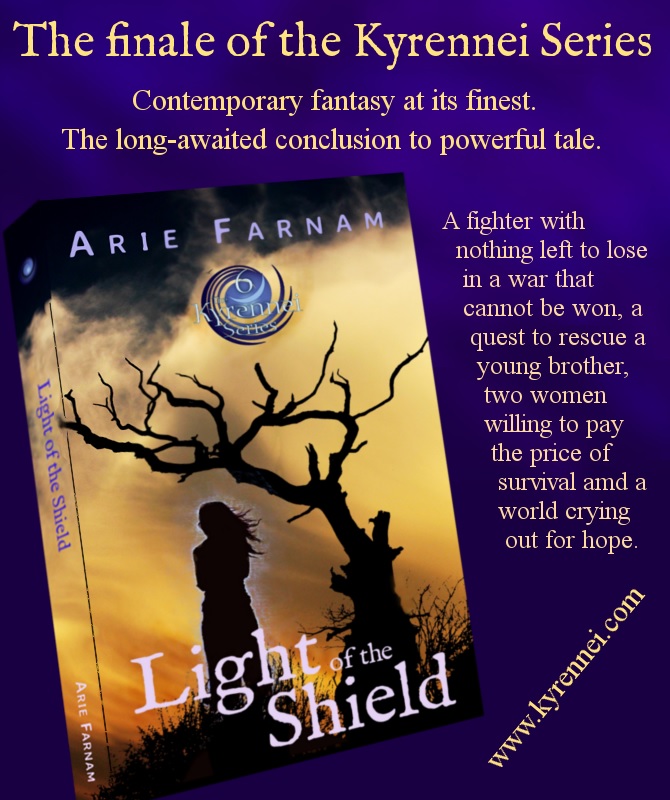Overwhelmed? There's one choice we always end up making
/I walk my kids to preschool in the pouring rain. It’s about a mile and a half and it wouldn’t be so bad except the main road through town and the buildings on either side of it are a couple of hundred years old. This means that massive regional traffic is now being squeezed through a single-lane road that was originally meant for nothing more than the occasional farmer’s handcart. To get around this bottleneck my kids and I would have to walk an extra couple of miles.
A deluge of mud and water sprays across a narrow sidewalk from the wheels of a passing bus. Creative Commons image by Matt Biddulp.
The sidewalks are often no wider than a sheet of printer paper (and sometimes they’re entirely non-existent). Add in overloaded drainage systems and the fact that most of the inhabitants of the hilly country around our town drive large vehicles and live lifestyles in which walking is considered eccentric (and voluntary).
All told, it isn’t very pleasant to get to the preschool or to the medical center on the other side of town.
An endless stream of cars roars by, pushing and then exceeding the speed limit even though there isn’t much space between them. Each one in turn sends a wave of dirty, oily water spraying across my legs and across the torsos of the children. Each driver would have to look in their rear view mirror to see the spray of water they have personally hit us with. But they can all see the car in front of them squirting the sludge on us.
If they looked... if they thought at all, they would know that their car is going to do it too. They don't think or they don't care. Hard to say which.
We come to a tiny cramped parking lot for three vehicles in front of a shop. I go in front, keeping my children behind me as I carefully make my way around their bumpers, just inches from the zipping, roaring traffic. Sure enough one of the parked cars jolts into motion without warning just as I step behind it. The driver was probably trying to get into a tiny break in the traffic on the main road. He slams on his brakes and I jump backward but his bumper still comes in contact with my leg. I make my way toward the front of his car, to get around in the gap he has now left there. (Yes, he turns out to be a man.) We exchange angry words.
“People shouldn’t walk out in this. It’s ridiculous!” He looks frazzled and he is obviously not thinking about the fact that I’m carrying a white cane. If I want to get to work, get to a doctor or get my kids to school, I have to walk.
We continue down the tiny sidewalk--walking the gauntlet of deafening noise, noxious fumes and greasy spray—with the very real possibility of sudden death only inches away.
I’m juggling a white cane and an umbrella against the pouring rain, but my small daughter takes my hand anyway and when the sidewalk broadens enough that we can walk side by side, she asks, “Mama, why are people so mean?”
A woman holds an umbrella to try to block a gush of muddy water showering her from a passing car. Creative Commons image by Brett Jordan.
I’m already having enough trouble with my emotions and I clench my teeth, unable to answer without saying something hateful that a child shouldn’t hear.
But right then the car coming toward us on the road slows remarkably. The driver doesn’t slam on the brakes, but simply slows to a more reasonable speed. There is nothing else around except us in the narrow road and the street is open and empty in front of the car. The frustrated drivers in the cars behind the slow one crowd up on the bumper, but that one vehicle goes past us without spraying dirty water. I can only tell it’s silver. I can’t see anyone behind the windshield or even the make of the car.
But it gives me the chance I need. “They aren’t all mean,” I tell my daughter, while I reach back to make sure my five-year-old son is still right behind us. “Did you see that car slow down?”
“That was a nice one,” my daughter says.
“That’s right. We get to choose if we’re kind or cruel,” I tell my kids.
Your Choice
When a kid grows up with any sort of significant disadvantage, she'll necessarily have some limits on her choices in life. But this is one thing my kids get to choose, even if they don't have all the privileges bestowed by wealth or white skin. One day they will be adults in this hectic, crazy-making world and they'll get to choose to be thoughtful about their actions and words... or not. They'll get to drive and slow down when they see someone trapped between a gutter of water and a wall... or not. They'll get to carefully avoid racially loaded language, ablelist metaphors and national slurs... or not. These are all part of the choice to be mindful of our impact in the world (or not).
Here is a truth. I actually don’t think all the people rushing by and drenching us want to be cruel. I know how hectic and pressured their lives are—bait-and-switch professional jobs, kids who have to be all-stars in order to even be considered for the college track high schools, rising prices, bills to pay, health troubles of their own. There is virtually no one who doesn’t have to struggle.
And to have the presence of mind to slow down in order to avoid drenching someone at a narrow spot in the road? It isn’t easy.
Another thing. White people don't want to be cruel when we accidentally assume the one person at the meeting with brown skin must be the maid or when we let racist rhetoric slide in our professional, social or religious circles and pass it off as "a difference of opinion." Most white people today, if they stop to think, know better. But thinking... taking action in a group like the driver who made sure several other cars slowed down and didn't splash us... takes mindfulness and focus. And it is damned hard to focus with what's going on around us--in life and in the media.
Presence of mind is key though. It isn’t enough to want to be a benevolent. We must also cut through the chaos and focus enough to see where we may unwittingly do genuine harm. Being mindful of our impact both on other people and on the environment (and thus on future generations) is no small thing. But it is what differentiates kindness from cruelty and often defines self-respect.
A Mindfulness List
Some of us like to make lists and lists can help us to remember, not just to buy bread, but also to remember the things we are aware of sometimes but need to be mindful of all the time. Mindfulness lists might include changing habits of speech that have become offensive in society, doing less harm in our consumption, moving and relating in ways that don't hurt others and so forth and anything else where you've thought "I didn't mean to hurt anyone by doing that but I did."
Here are a few examples of the things I want to remember to be mindful of myself—despite how overwhelmed or frazzled I might be with my many hats and roles in life. This is my personal list--not the most important things in the world. Many things that are important I am already am mindful of. That's why I don't have avoiding racially stereotyped language or recycling on this list. Those were on my list twenty years ago and now I'm constantly mindful of them. Here's my current list:
- Say hello to and thank people in low-status jobs, such as cleaners and catering staff.
- Whenever possible buy from companies that pay their employees a living wage no matter what country they work in.
- If I want to ask a person of color to speak on their ethnic group, make sure I've asked them to speak on an area of professional, academic or other expertise unrelated to their ethnic group in the past.
- If I'm around when someone makes a dismissive or belittling comment about a disadvantaged group or uses derogatory language (even if they don’t mean anything by it), I want to be someone who speaks up. Educate gently at first, then firmly if necessary.
- Speak to children, foreigners and people with developmental disabilities in a normal voice. Take a smidgen of extra time to make sure you’ve understood them.
- When attending a racially diverse meeting, make sure someone of a background different from my own has been heard from before speaking up for a second time.
- Notice when I accidentally judge and jump to conclusions about another. Stop and reconsider. Weigh the known facts and toss out assumptions and statistical probabilities, when it comes to another person.
- Don’t swat honey bees or bumble bees, use a rag to swipe them back outdoors. (I know that one sounds trivial by comparison but in the scheme of things, who knows. It's my current environmental awareness goal and it's hard because of my vision impairment and moderate bee allergies.)
What's on your mindfulness list?
We won’t be perfect. Life can be crazy and we're often trying to do things more long-range than these as well. These are just acts of mindfulness, not anything that will change the world. We also want to do serious work for positive change.
Maybe that is the most important thing I wish to remember.
- Expect that everyone you meet is probably pretty frazzled and usually for reasons beyond their control. Cut people some slack.
Keep trying to be the sort of person you respect.





























